For centuries, arch bridges have stood as silent sentinels of human ingenuity, their curved silhouettes cutting across rivers and valleys with effortless grace. Unlike their straight-beamed cousins, these structures don't merely span gaps—they perform an architectural ballet where stone dances with gravity. The secret lies not in resisting nature's forces, but in redirecting them through the poetry of curves.
Walk beneath any ancient Roman aqueduct or medieval stone bridge, and you'll notice something peculiar—the absence of modern materials. No steel reinforcements, no concrete pylons. Just carefully cut stones pressing against one another in perfect equilibrium. This is the timeless magic of compression: each voussoir (wedge-shaped stone block) pushes against its neighbors, transferring weight down the curve until it meets the solid earth at either end.
Geometry as the First Engineer
Before the advent of stress calculations and computer modeling, master builders understood that the semicircular arch—with its perfect 180-degree curve—distributes load most evenly. The Romans refined this concept into an art form, constructing bridges that still carry traffic after two millennia. But as engineering evolved, so did the shapes: pointed Gothic arches soared higher, elliptical Baroque designs spanned wider, and segmental arches (flatter curves) required less vertical clearance.
Modern engineers have discovered that the ideal arch isn't always a half-circle. For railway bridges crossing deep gorges, a catenary curve—the natural shape of a hanging chain inverted—proves most efficient. Gaudí took this principle further, using weighted strings to model his fantastical designs. The stone seems to flow like frozen liquid, every curve calculated by gravity itself.
The Language of Force
Press your palm against a stone arch bridge's underside, and you're touching a conversation between materials and physics. The stones aren't glued—they're held by mutual insistence. During construction, wooden falseworks (temporary supports) bear the weight until the keystone slots into place at the apex. When the scaffolding drops, something miraculous occurs: what was once a precarious pile becomes a unified whole stronger than its individual parts.
This principle allowed ancient builders to achieve spans previously thought impossible. The 2,000-year-old Alcántara Bridge in Spain stretches 194 feet across the Tagus River, its six arches defying time and torrents. Chinese Zhaozhou Bridge's open-spandrel design (hollow compartments above the arch) lightened the structure while allowing floodwaters to pass—an innovation predating European equivalents by six centuries.
Stone's Secret Flexibility
Paradoxically, these seemingly rigid structures handle movement better than modern rigid frames. When properly designed, arch bridges accommodate subtle shifts from temperature changes or minor ground settlement through slight rotations at the joints. The stones "breathe," adjusting their positions millimeter by millimeter without compromising integrity. This dynamic stability explains why so many ancient arches survive earthquakes that topple contemporary bridges.
Contemporary restorations reveal another surprise: many medieval bridges incorporate "sacrificial" stones—softer blocks intentionally placed at stress points. These compress slightly over decades, protecting more critical structural elements. It's a brilliant example of pre-industrial planned obsolescence where select components absorb wear to prolong the whole.
The Modern Stone Renaissance
While steel and concrete dominate contemporary bridge-building, a quiet revival of stone architecture is underway. The 1996 Pont de la Libération in France demonstrated that computer modeling could optimize traditional designs, creating slender arches with precise stone placement. Switzerland's 2010 Traversinersteg footbridge pairs ancient masonry techniques with modern adhesives for a gossamer-thin arch spanning 160 feet.
Perhaps most remarkably, researchers are rediscovering lost Roman concrete formulas that actually strengthen underwater—a revelation that could revolutionize marine arch construction. Meanwhile, 3D stone printing allows for organic, Gaudí-esque forms impossible to carve by hand. The circle completes itself: cutting-edge technology now serves humanity's oldest structural form.
From the clatter of donkey carts on Roman cobbles to the hum of electric vehicles crossing modern reconstructions, arch bridges endure as testaments to stone's eternal dialogue with space. They remind us that true strength often lies not in brute opposition, but in the elegant redirection of forces—a lesson in physics, yes, but also in philosophy. Each curve is a handshake between earth and sky, a lithic smile against gravity's frown.

By /Aug 8, 2025

By /Aug 8, 2025

By /Aug 8, 2025

By /Aug 8, 2025
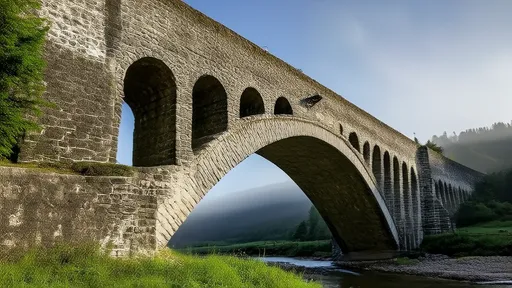
By /Aug 8, 2025
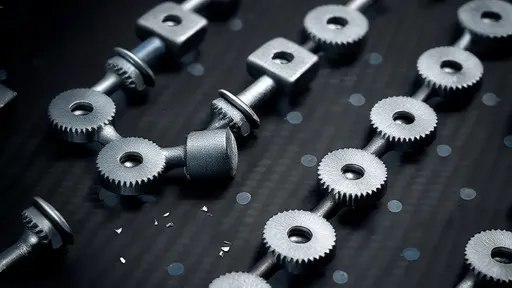
By /Aug 8, 2025
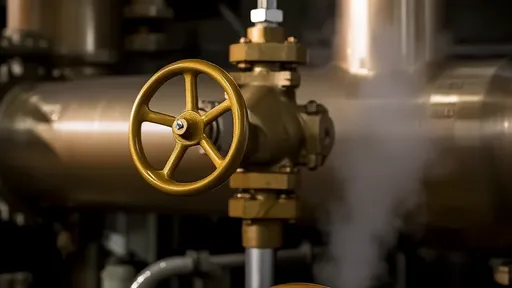
By /Aug 8, 2025
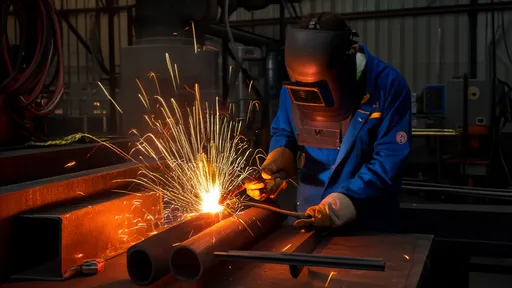
By /Aug 8, 2025
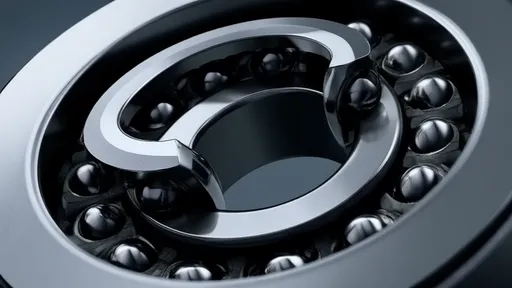
By /Aug 8, 2025

By /Aug 8, 2025
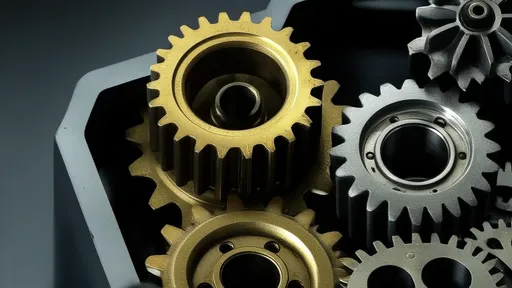
By /Aug 8, 2025

By /Aug 8, 2025

By /Aug 8, 2025

By /Aug 8, 2025

By /Aug 8, 2025
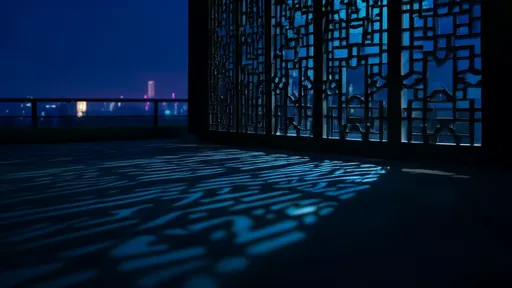
By /Aug 8, 2025

By /Aug 8, 2025

By /Aug 8, 2025

By /Aug 8, 2025

By /Aug 8, 2025